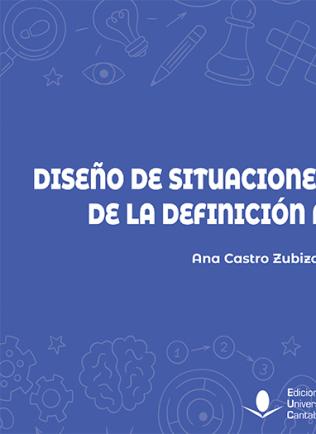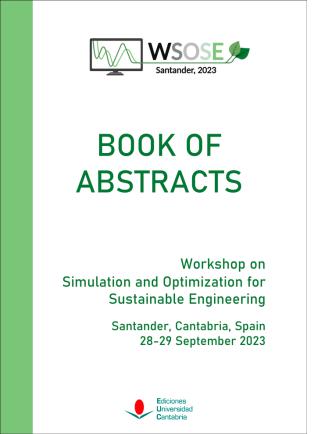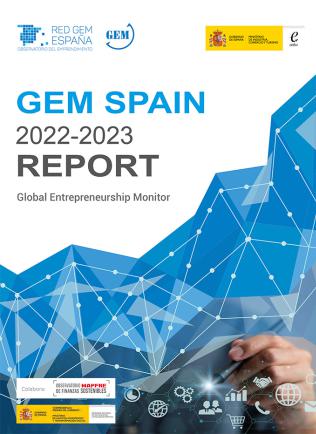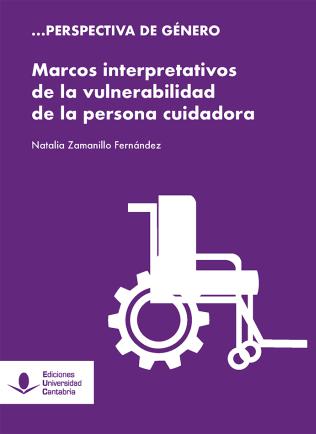Colección Difunde / 247
Sample Size, Skewness and Leverage Effects in Value at Risk and Expected Shortfall Estimation
15.00 €
The thesis analyzes the effect that the sample size, the asymmetry in the distribution of returns and the leverage in their volatility have on the estimation and forecasting of market risk in financial assets. The goal is to compare the performance of a variety of models for the estimation and forecasting of Value at Risk (VaR) and Expected Shortfall (ES) for a set of assets of different nature: market indexes, individual stocks, bonds, exchange rates, and commodities.
The three chapters of the thesis address issues of greatest interest for the measurement of risk in financial institutions and, therefore, for the supervision of risks in the financial system. They deal with technical issues related to the implementation of the Basel Committee's guidelines on some aspects of which very little is known in the academic world and in the specialized financial sector.
In the first chapter, a numerical correction is proposed on the values usually estimated when there is little statistical information, either because it is a financial asset (bond, investment fund...) recently created or issued, or because the nature or the structure of the asset or portfolio have recently changed. The second chapter analyzes the relevance of different aspects of risk modeling. The third and last chapter provides a characterization of the preferable methodology to comply with Basel requirements related to the backtesting of the Expected Shortfall.
Autor/es: Laura García Jorcano
ISBN: 978-84-8102-912-3
THEMA:
KFFX
FORMATO:
17 x 24 cm, 158 pp.
ENCUADERNACIÓN: Rústica
DL: 2020
Quizás pueda interesarte
La financiación de las pyme europeas: su relación con el...
Ana Mol-Gómez-Vázquez...
Colección Difunde
 PDF
PDF0.00 €

Diseño de situaciones de aprendizaje: de la definición a...
Ana Castro Zubizarreta...(eds.)
Colección Difunde
 PDF
PDF0.00 €

Pensar la monarquía y gobernarla. Cultura política en la...
María Luz González Mezquita...(eds.)
Colección Difunde
 PDF
PDF0.00 €

 PDF
PDF0.00 €

Global Entrepreneurship Monitor. GEM Spain 2022-2023 Report
Ana Fernández Laviada...
Colección Difunde
 PDF
PDF0.00 €

Marcos interpretativos de la vulnerabilidad de la persona...
Natalia Zamanillo Fernández...
Colección Difunde
 Rústica
Rústica6.00 €











 Buzón de sugerencias
Buzón de sugerencias Encuesta
Encuesta